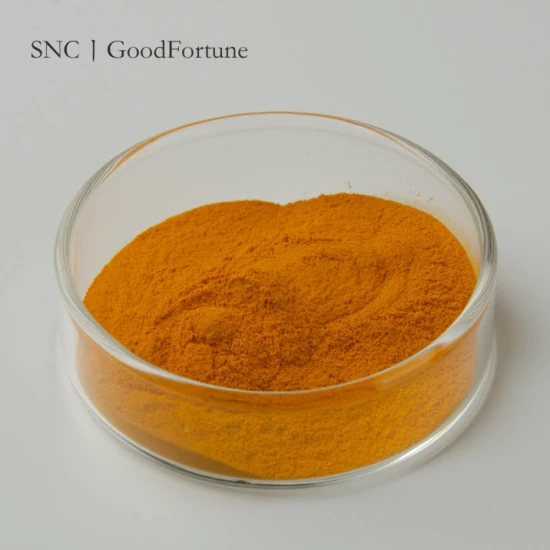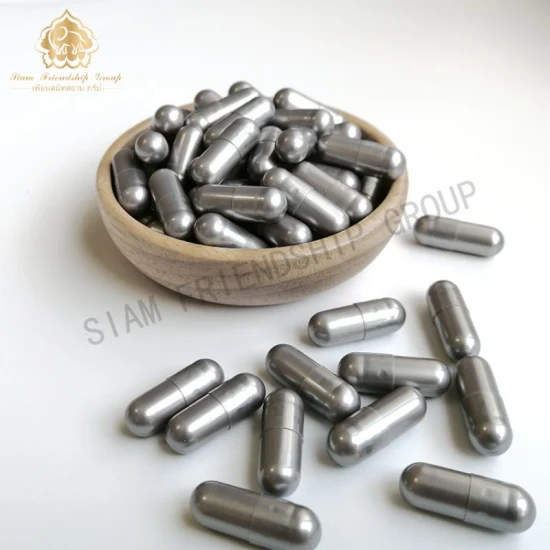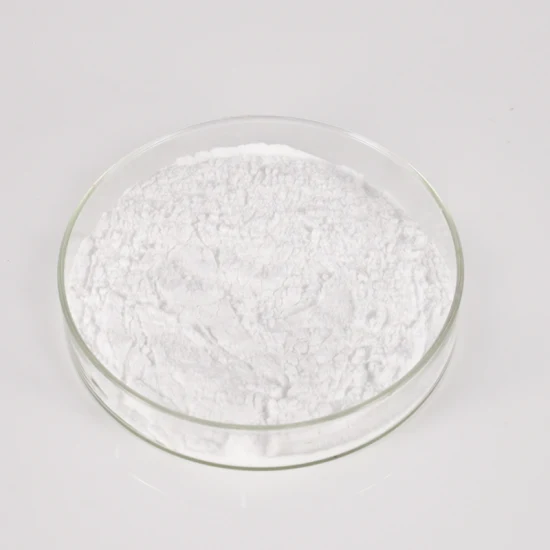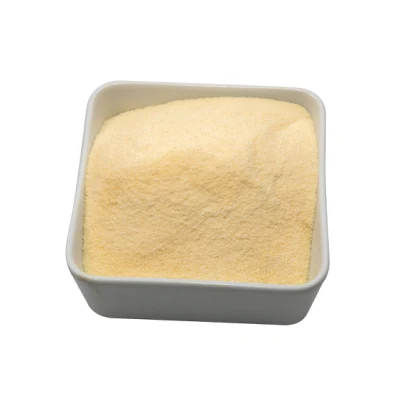
FDA Approved Ubiquinone Ingredients for Healthy Nutrition
Coenzyme Q10 brief introduction Coenzyme Q10, also known as ubiquinone, is a coenzyme family that is ubiquitous in anima
Basic Info
| Model NO. | Ubiquinone |
| Nutrient Composition | Coenzyme Q10 |
| Resource | Chemosynthesis |
| The content of active substances | 98% |
| Certification | ISO, Fami-QS, FDA,Halal |
| Type | Ubiquinone |
| Purity | 98% |
| Grade Standard | Food Grade |
| Application | Health Products |
| Product Name | Coenzyme Q10 Ubiquinone |
| Package | Net 25kg/10 Kg |
| MOQ | 10 Kg |
| Third Party Testing Service | SGS, BV, TUV |
| Price Valid Time | 1 Week |
| Samples | Approved |
| Transport Package | 25kg/Bag |
| Specification | 98% |
| Trademark | Polifar |
| Origin | China |
| HS Code | 291462000 |
| Production Capacity | 20000kg/Year |
Product Description
Coenzyme Q10 brief introductionCoenzyme Q10, also known as ubiquinone, is a coenzyme family that is ubiquitous in animals and most bacteria (hence the name ubiquinone). In humans, the most common form is coenzyme Q10 or ubiquinone-10. CoQ10 is sold as a dietary supplement and is an ingredient in some cosmetics.It is a 1,4-benzoquinone, where Q refers to the quinone chemical group and 10 refers to the number of isoprenyl chemical subunits in its tail. In natural ubiquinones, the number can be anywhere from 6 to 10. This family of fat-soluble substances, which resemble vitamins, is present in all respiring eukaryotic cells, primarily in the mitochondria. It is a component of the electron transport chain and participates in aerobic cellular respiration, which generates energy in the form of ATP. Ninety-five percent of the human body's energy is generated this way. Organs with the highest energy requirements-such as the heart, liver, and kidney-have the highest CoQ10 concentrations.
Coenzyme Q10 COA
| Product Name | Coenzyme Q10 | Specification | 98% |
| Batch No. | VQ2105001 | Manufacturing Date | 2021-5-5 |
| Analysis Date | 2021-5-5 | Expiry Date | 2024-5-4 |
| ltems | Methods | Specifications | Results |
| Description | Visual | Orange Yellow Fine Powder | Orange YellowPowder |
| Melting Point | USP/EP | 48ºC-52ºC | Conforms |
| ldentification | USP/EP | IR:IRspectrum of the testspecimen should be consistentwiththelRspectrumofreference standard | Conforms |
| Color Reaction: A blue colorappears | Conforms | ||
| Assay (Coenzyme Q10> | HPLC | ≥98.0% | 99.2% |
| Total impurities | HPLC | ≤1.5% | 0.61% |
| Loss on Drying | USP/EP | ≤0.2% | 0.14% |
| Sieve Analysis | USP/EP | 100% pass No.80 | Conforms |
| Residue on ignition | USP/EP | ≤0.1% | 0.04% |
| Lead(as Pb) | USPEP | ≤3.0mg/kg | <0.5mg/kg |
| Arsenic (as As) | USP/EP | ≤1.0mg/kg | <1.0mg/kg |
| Cadmium (as Cd) | USP/EP | ≤1.0mg/kg | <0.5mg/kg |
| Mercury (as Hg) | USP/EP | ≤0.1mg/kg | <0.1mg/kg |
| Tapped Density | USP/EP | 0.40g/ml-0.60g/ml | 0.46g/ml |
| Residual Solvents | USP/EP | Ethanol s5000ppm | 97ppm |
| Ethyl acetate <5000ppm | Not detected | ||
| N-Hexane s290ppm | Not detected | ||
| N-Heptane <5000ppm | 214ppm | ||
| Pesticides Residue | USP/EP | Conforms | |
| Chromatographic purity | CoenzymeQ7,Q8,Q9,Q11and related impurities<1.0% | 0.74% | |
| Ubidecarenone (2z) -lsomerand related impurities s0.5% | 0.26% | ||
| Totalimpurities ( Test1- 2 )≤1.5% | 1% | ||
| Microbial Test | |||
| Total aerobic microbialcount | USP<2021> EP2.6.12 | ≤1000cfulg | <100cfulg |
| Total moulds & yeasts count | USP<2021> EP2.6.12 | <50cfu/g | <10cfu/g |
| *Salmonella | USP<2022> EP2.6.13 | Absence | Absence |
| *Escherichia coli | USP<2022> EP2.6.13 | Absence | Absence |
| *Staphylococcus aureus | uSP<2022> EP2.6.13 | Absence | Absence |
| Conclusion: Conform to USP/EP | |||

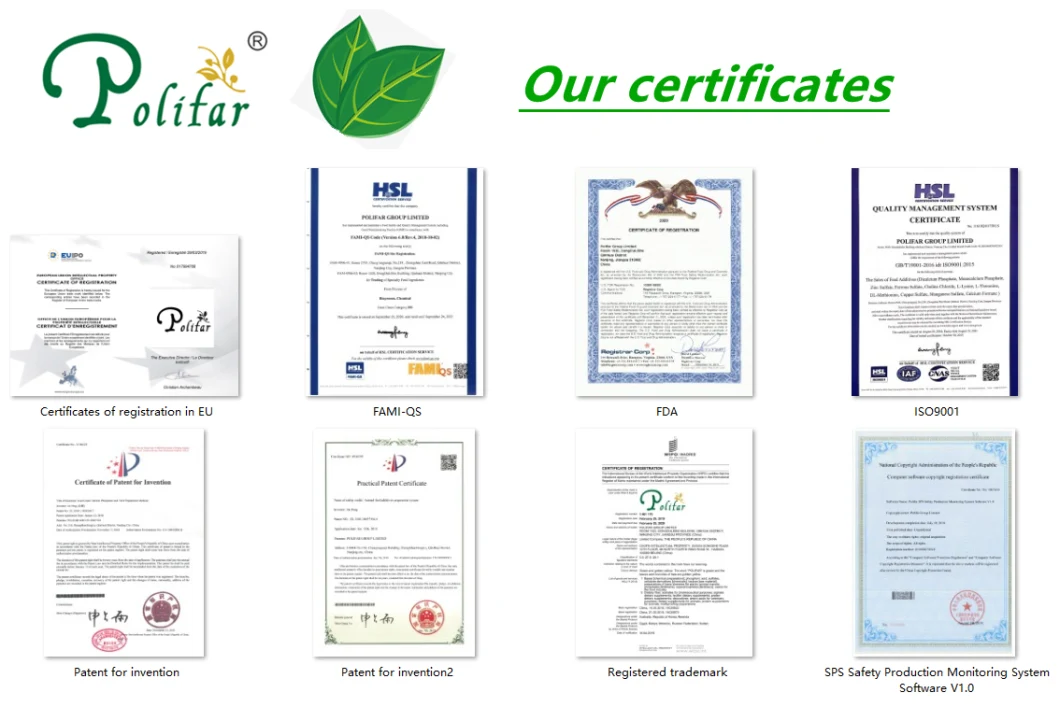

Send to us


